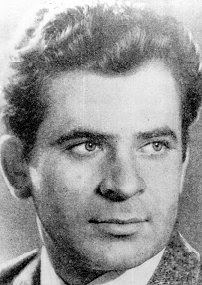How Fast He Ran! (The Little Guy)
On the chessboard there are fast and slow pieces. The bishops, queen, and rooks can all transport themselves from one side of the board to the other lightning fast, like they are on some super-charged elevator. After them come the knights, jumping along in their own wierd way. But you don't usually think of the pawns as fast pieces. In a race between chess pieces, they will surely finish last.
In fact, the pawns usually make up the skeleton of the position, because they hardly move. That's why we call them the "pawn structure"; because they are like the mountains and rocks on the battlefield.
But in a game played in Belgrade in 1970, Boris Spassky had a different idea about how to use his pawns. By move 17, Spassky's electrified h7 pawn had already reached the back rank of his opponent, Bent Larsen. Larsen had to resign when a second queen made its appearance. Let's see how it happened!

Spassky, by the way, was the world champion at the time. His opponent, the Danish player Bent Larsen, is also no slouch, being one of the top players in the world. He is known for his original play, but perhaps you could say that in this game he took it a little too far.
After fourteen moves, we have this position:
White is up a piece, because Black sacrificed a knight. But that is not all that is going on. Black has a powerful passed pawn on g3. He also has control of the h-file. The most important thing is that Black has a huge space advantage in the middle of the board. The blocked pawns on d2 and e3 are like an impassable mountain, which keep the white soldiers from coming to defend the kingside.
But in order for the g3 pawn to promote, Black needs to get rid of the rook on g1. Just for a moment, he needs to divert it. And fast, too! Spassky now played a brilliant move.
Now, we can wonder what hopes the pieces had before the game. Could the h7 pawn imagine that it would end up on the far side of the board, after only 17 moves, having outwitted one pawn, captured another, and finally outfoxed a rook? And could the white rook on a1 and knight on b1 imagine that they would be neglected the whole game, and never make a single move?
Keep your pieces happy, and they will make you happy.